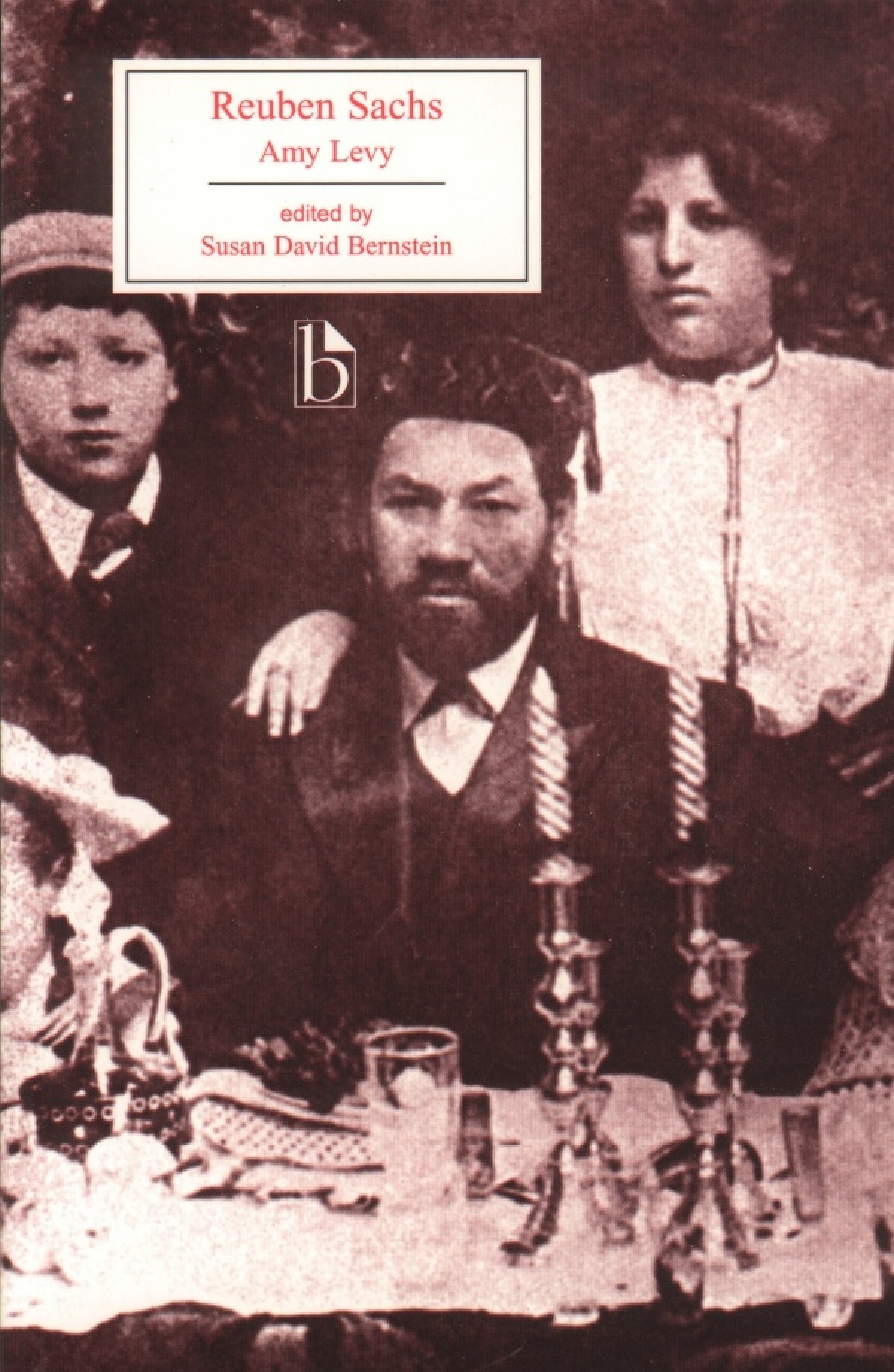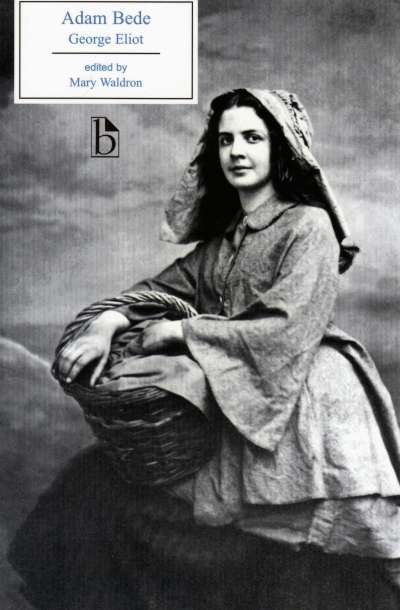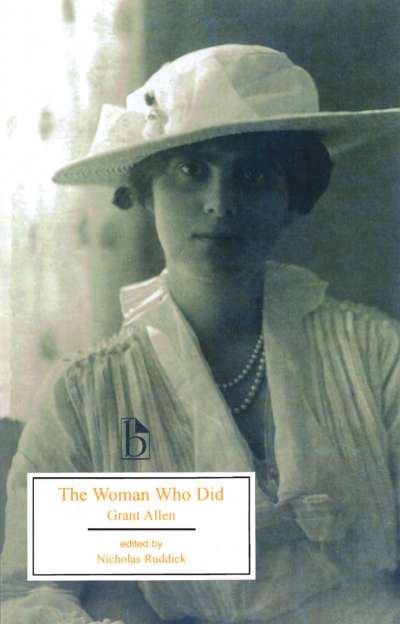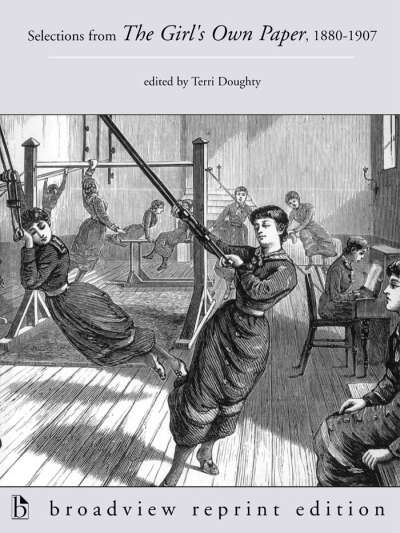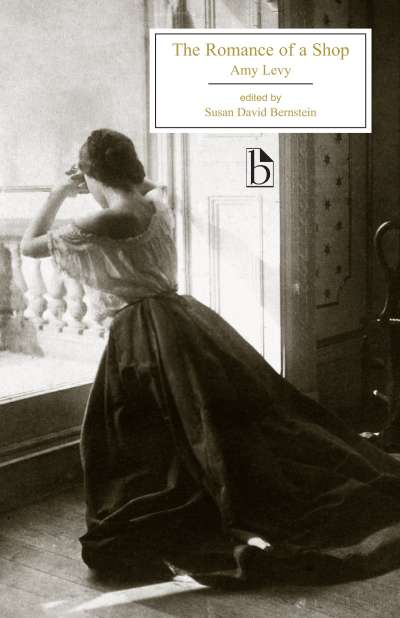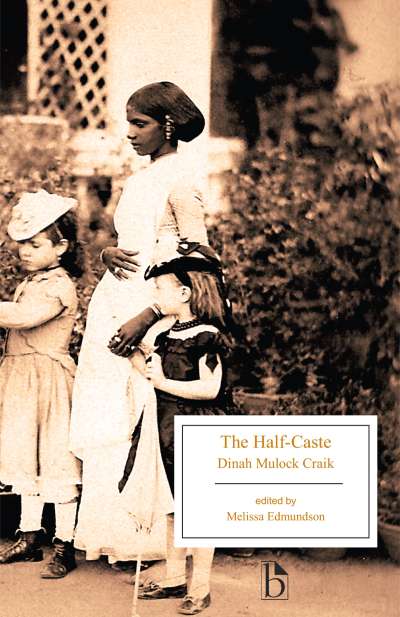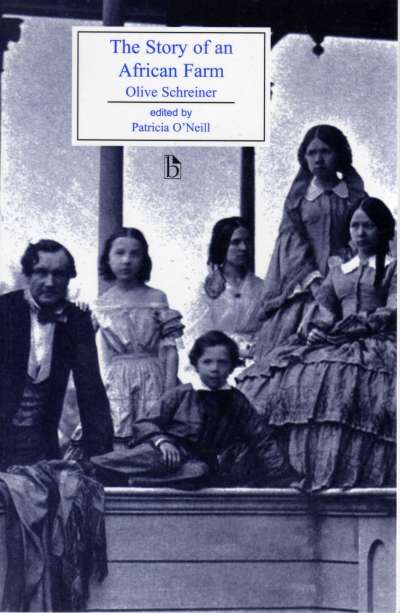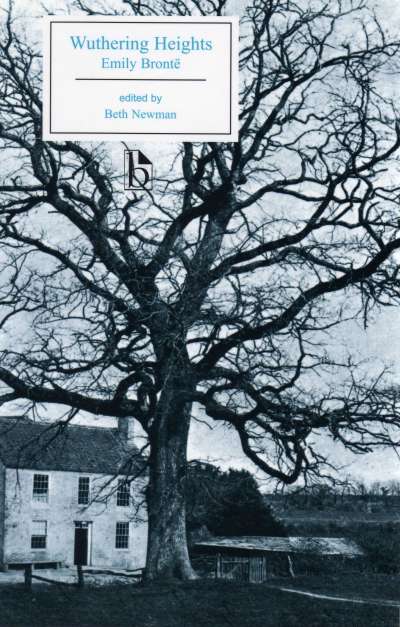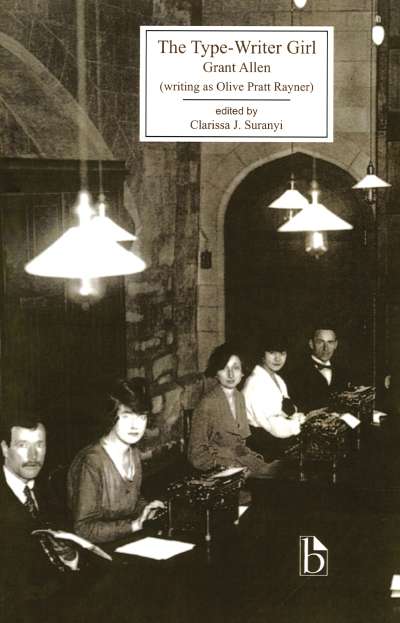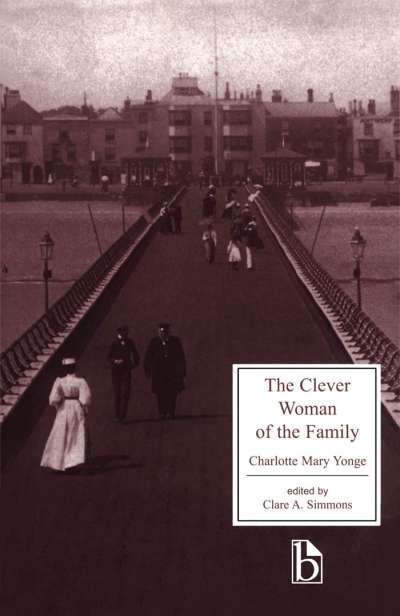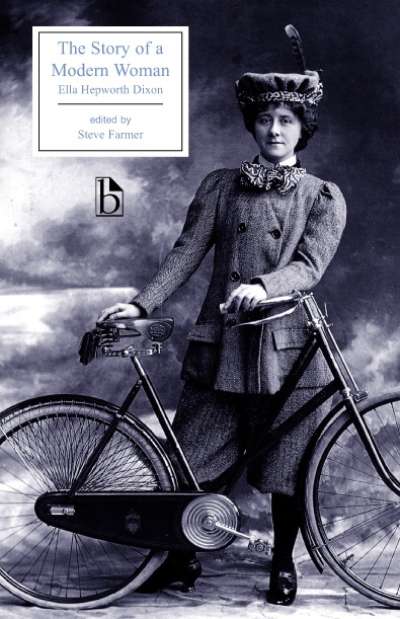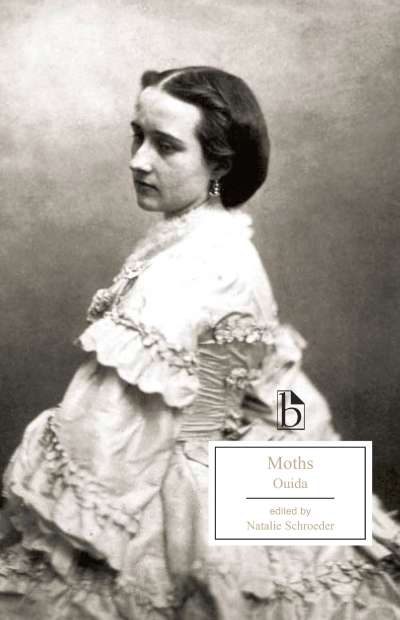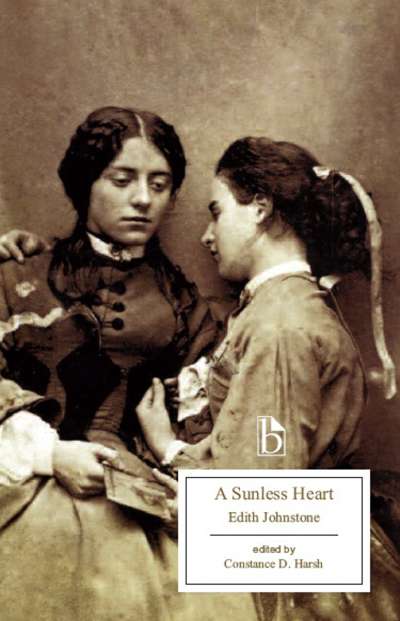Oscar Wilde wrote of this novel, “Its directness, its uncompromising truths, its depth of feeling, and above all, its absence of any single superfluous word, make Reuben Sachs, in some sort, a classic.” Reuben Sachs, the story of an extended Anglo-Jewish family in London, focuses on the relationship between two cousins, Reuben Sachs and Judith Quixano, and the tensions between their Jewish identities and English society. The novel’s complex and sometimes satirical portrait of Anglo-Jewish life, which was in part a reaction to George Eliot’s romanticized view of Victorian Jews in Daniel Deronda, caused controversy on its first publication.
This Broadview edition prints for the first time since its initial publication in The Jewish Chronicle Levy’s essay “The Jew in Fiction.” Other appendices include George Eliot’s essay on anti-Jewish sentiment in Victorian England and a chapter from Israel Zangwill’s novel The Children of the Ghetto. Also included is a map of Levy’s London with landmarks from her biography and from the “Jewish geography” of Reuben Sachs.
Comments
“Susan David Bernstein has done Victorian studies a great service with this edition of Amy Levy’s Reuben Sachs. Bernstein’s original research, insightful commentary, and wide ranging selection of appendices provide a detailed view of the many cultural discourses that surrounded Levy’s work. Thus, with this one volume, readers can discover this important Anglo-Jewish writer and also have enough source materials to contextualize Levy in the critical histories of Anglo-Jewish literature, women’s writing, and late Victorian England. I feel as if I have been waiting for this volume for ten years.” — Cynthia Scheinberg, Mills College
“This is an extremely welcome reissue of a complex and fascinating novel. Susan David Bernstein’s illuminating introduction persuasively demonstrates how to read Amy Levy’s fiction as an expression of the ‘double-consciousness’ of the semi-assimilated Victorian Jew. This edition provides superb sources that illustrate the extent and terms of contemporary controversy about the novel, and document the debates around racial science, ethnic politics, and the woman question that find expression in her writing. Bernstein also includes other examples of Levy’s fiction, poetry, and criticism that engage in troubled and unresolved ways with similar themes of Jewish identity and feminism.” — Nadia Valman, University of Southampton

